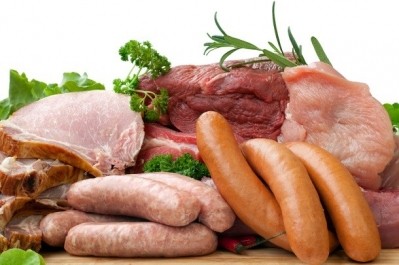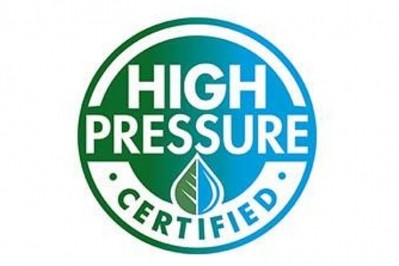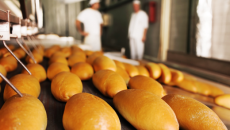How should we talk about HPP? Cold Pressure Council breaks the ice

“It wasn’t until cold pressed juices when you had to explain to your consumer how did your juice all the sudden go from a five-day shelf life to a 30- or 60-day shelf life?” Joyce Longfield, chairperson for the Cold Pressure Council and founder of Chix Chickpea Butter, told FoodNavigator-USA.
However, it continues to be a long and winding road to reach full consumer acceptance of HPP and develop a formalized approach to regulating the technology.
“Nobody wants to think of their food as processed,” Longfield said.
Even when the processing method promises food safety benefits without the use of added preservatives.
HPP is a cold pasteurization by which products, already sealed in final packaging, are introduced into a vessel and subjected to a high level of hydrostatic pressures (43,500-87,00 psi) transmitted by water destroying harmful bacteria while preserving the food product’s nutritional properties and extending its shelf life.
“Food safety historically has never been something that is talked about at the consumer level because the reality of it is, when something is in the grocery store, it’s assumed by the consumer that it’s safe,” she said.
Establishing consistency
Working as chairperson for the Cold Pressure Council, a consortium of nine founding members using HPP, Longfield said that the organization is working to set up a framework of HPP industry guidelines.
Cold Pressure Council founding members include: Avure Technologies, Good Foods, Suja, American Pasteurization Company, Campbell's, Evolution Fresh, West Liberty Foods, Hiperbaric, and Universal Pure.
The need for industry consistency came from the varying recommendations and guidelines used across manufacturers and product categories, according to Longfield.
“We just saw the danger in that and wanted to make sure that everybody was using it [HPP] appropriately; we really needed to start to build consistency while meeting food safety requirements,” Longfield said.
“It’s a collective effort, but it starts by taking what is available from the USDA or FDA.”
For example, the Cold Pressure Council draws from the clear guidelines the FDA has developed for juice processing and combines those with common best practices conducted by food companies and labs.
The group is also developing a logo program which includes a ‘High Pressure Certified' seal that food and beverage manufacturers can display on packaging after meeting the council’s validation process.
The seal is meant to educate consumers on how their food or beverage was made and dispel any misunderstandings about HPP.
“It is 100% for consumer education,” Longfield continued. “It’s meant to build awareness for why these companies have invested in the technology and eventually drive consumers to desire and look for products with this logo on it.”
Battles in the industry
Over the years, food and beverage manufacturers have been the target of label disclosure lawsuits, mainly in the cold pressed juice category.
Law firms have argued multiple times that juice companies should include on their label if a cold-pressed juice has undergone HPP, and for the most part, lost those litigation battles.
“I look at these law firms basically as being bullies. The reality of it is, this is the way a lot of law firms work these days, this is how they’re still making money. Whether it’s ethical or not, it’s happening,” Longfield said.
“When you start to have something like a consortium and all these companies coming together, the industry can start to say it isn’t afraid of your lawsuits anymore,” she added.
“I’m hoping that it does quiet down those lawsuits.”
Where next for HPP?
According to Longfield, the industry response to the Cold Pressure Council’s mission of creating standardized guidelines has been extremely positive and helped build a manufacturer-consumer dialogue on products using HPP.
“I think you’re going to see more products start to talk about it that historically haven’t,” she said.
For example, deli meat ready-to-eat products that make up roughly 30% of the HPP market are adopting HPP at increasing rates with major companies such as Applegate Farms using the technology.
Making up 6% of the HPP market, seafood and shellfish has turned to HPP for use in oyster shucking and other processes, according to Longfield.
“As we see those trends of ready-to-eat, convenient, on-the-go products continue to grow, I definitely think that is what will continue to expand the HPP products, because those foods are the most high risk.”


















